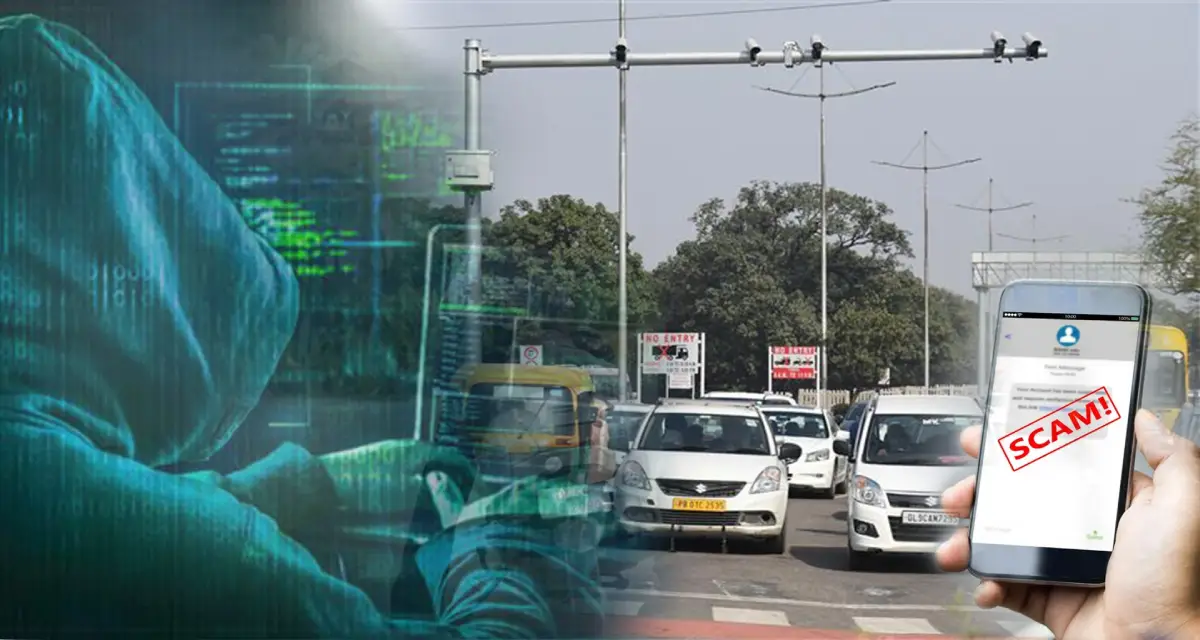

Recently, a 43-year-old auto-rickshaw driver from Thane, Bhosale, fell victim to an online e-challan scam. He received a text message about a traffic violation, urging him to settle the fine via an app named Vahan Parivahan. Upon installing the app, he started receiving numerous OTPs and promptly deleted the app. Despite his quick action, unauthorized transactions amounting to Rs 50,000 were conducted from his account. Here's all you need to know about the new e-challan scam and how to protect yourself.
An e-challan scam is a cyberattack targeting individuals who have received or believe they have received, an electronic traffic violation ticket (e-challan). Scammers use various tactics to trick victims into revealing personal information or sending money.
Phishing Messages: You receive a text message or email that appears to be from a legitimate traffic authority, claiming you have an unpaid traffic violation with a hefty fine.
Fake Links: The message contains a link to view the e-challan details or make the payment.
Spoofed Websites: Clicking the link may take you to a fake website designed to steal personal information like credit card details, login credentials, or Aadhaar details.
Fake Mobile Apps: Some scams involve downloading a fake mobile app claiming to help view or pay e-challans. These apps can steal your data or install malware on your device.
Avoid Clicking on Links: Don't click on links or download attachments from emails or texts claiming you have an e-challan, especially if they appear urgent or threatening.
Verify with Authorities: If unsure about the legitimacy of a message, contact your local traffic authority directly through their official website or phone number to inquire about any outstanding violations.
Protect Personal Information: Never share financial details, login credentials, or Aadhaar information on unverified websites or mobile apps.
Check Domain Extensions: Legitimate e-challan websites typically end with a ".gov.in" domain extension. Be wary of websites with different extensions or suspicious URLs.
Use Official Payment Methods: If you have a genuine e-challan, make the payment through the official website of your local traffic authority or authorized payment gateways.
By staying vigilant and following these tips, you can protect yourself from falling victim to e-challan scams. Always verify the authenticity of messages, links, and apps before providing any personal information or making payments.
Also Read: